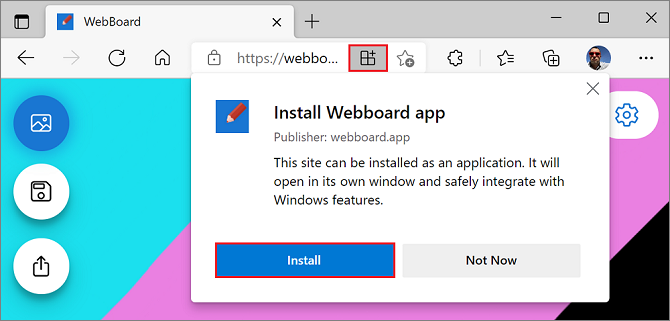CDJ Insights
Uncovering the latest trends and insights in music and technology.
Progressive Web Apps: The Future of Mobile Experience
Discover why Progressive Web Apps are revolutionizing mobile experiences and how they can elevate your digital presence to new heights!
What Are Progressive Web Apps and How Can They Transform User Engagement?
Progressive Web Apps (PWAs) represent a transformative approach to web application development, combining the best features of both traditional websites and mobile apps. By leveraging modern web technologies, PWAs offer enhanced performance, reliability, and responsiveness. They are designed to work on any device and can function offline or in low-quality network conditions, making them ideal for users in various environments. Key features of PWAs include the ability to send push notifications, access device hardware, and provide a fast, app-like experience without the need for a lengthy installation process. For further insights into PWAs, check out this article on web.dev.
Implementing PWAs can dramatically enhance user engagement by providing a seamless experience that encourages users to return. Since PWAs load quickly and enable users to interact with the app even in offline mode, they reduce bounce rates and increase user retention. Moreover, features like push notifications can re-engage users by delivering relevant content directly to their devices. According to research, businesses that have adopted PWAs have seen significant improvements in conversion rates and user satisfaction. For a deeper dive into how PWAs can elevate user experience, refer to the Smashing Magazine.

Top 5 Advantages of Progressive Web Apps Over Traditional Mobile Apps
Progressive Web Apps (PWAs) offer numerous advantages over traditional mobile apps, making them an attractive choice for businesses aiming to enhance user experience and engagement. First and foremost, PWAs are designed to be highly accessible; they run in the browser and can be accessed on any device with a web connection, eliminating the need for users to download and install an app from an app store. This ease of access significantly increases the likelihood of user engagement, as individuals can experience the functionality quickly without the barriers commonly associated with traditional app installations. Additionally, PWAs require less storage space on devices, which is a vital consideration for users who may have limited device memory.
Another compelling advantage of PWAs is their cost-effectiveness. Developing a single PWA can save companies time and resources compared to creating separate native applications for multiple platforms (iOS and Android). This efficiency translates into lower maintenance costs and the ability to make real-time updates without requiring users to download new versions. Furthermore, PWAs utilize service workers to provide offline capabilities, ensuring a seamless user experience, even in low connectivity situations. With features such as push notifications and fast load times, PWAs effectively engage users, leading to higher retention rates compared to traditional mobile apps, ultimately benefiting overall business growth.
How to Build a Progressive Web App: A Step-by-Step Guide
Building a Progressive Web App (PWA) involves a few essential steps that ensure your application is fast, reliable, and engaging. First, you need to create a web app using HTML, CSS, and JavaScript. Make sure to structure your files logically and use responsive design techniques. Next, add a web app manifest to define the app's metadata, such as its name, icons, and theme colors. This file is crucial for making your app installable and providing a native-like experience on users' devices.
Once you have the manifest set up, implement a service worker to enable offline capabilities and caching for improved performance. The service worker acts as a proxy between your web app and the network, allowing you to intercept requests and serve cached content when the user is offline. Finally, test your PWA thoroughly using tools like Lighthouse to assess its performance and adherence to PWA criteria. With these steps, you'll be well on your way to launching a successful Progressive Web App!